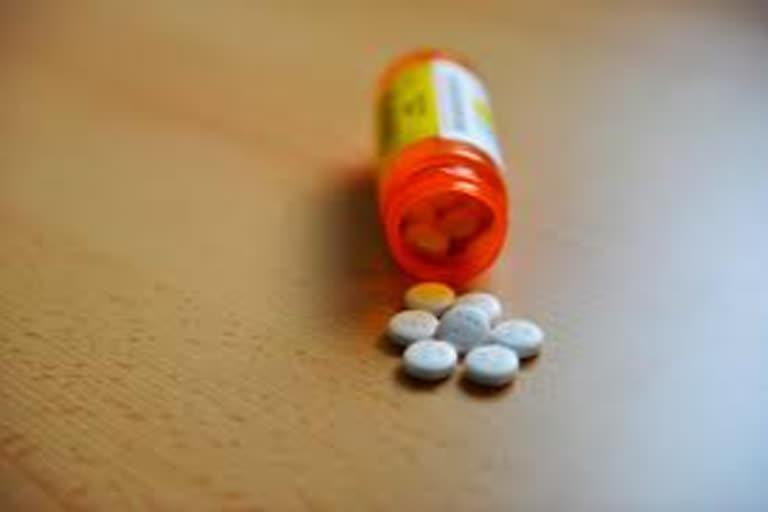New Delhi: The latest study titled 'Medicines in India: Accessibility, Affordability and Quality' claims that three to four per cent of drugs produced in the country are found to be Falsified and Substandard (FS).
“The level of FS drugs is especially high when sourced from government outlets as against retail outlets. Northeastern states are outliers when it comes to low-quality drugs. The proportion of subquality drugs found from both retail outlets and government sources in Northeastern states is very high when compared to the national average,” said the study compiled by Brookings India, an independent research organisation.
Substandard drugs originate from manufacturing sites that may lie outside a state legislative boundary. Data analysis from six states revealed that drugs manufactured in Himachal Pradesh and Uttarakhand are of low-quality.
States are powerless when it comes to de-licensing firms that produce bad quality medicines but lie outside the state boundary. Almost all states face an acute shortage of drug inspectors required for drug-testing and inspections, the study was done by Prof Shamika Ravi, Prachi Singh and David Dam has revealed.
The study further found that multiple firms are responsible for notifications regarding spurious drugs. “The problem of low-quality drugs is not because of a handful of manufacturing firms, multiple firms routinely flout the norms. Price control has been chosen as the policy instrument to keep costs of drugs low in the country,” it said.
India was a top-ten exporter of pharmaceuticals based on sales alone in 2015, an impressive feat given the country mostly exports generic medicines, which are much cheaper than branded, patent-protected ones. However, increased scrutiny over the quality of India’s pharmaceutical exports has accompanied this growth in recent years.
In 2015, 27 different drug companies operating 39 drug manufacturing facilities lost their clearances to make medicines for U.S. consumers. Two years prior, India’s once largest drug company paid $500 million in fines for quality failures.
A national-level survey done in 2014-16 by CDSCO and National Institute of Biologicals (NIB) has put the proportion of FS drugs to be 3.18 per cent. However, subsample analysis for samples drawn from government sources and retail outlets shows that, on average, one in 10 drugs sampled from government sources was found to be Not of Standard Quality (NSQ); the corresponding figure for retail outlets is much lower at 0.3 in 10 drugs.
